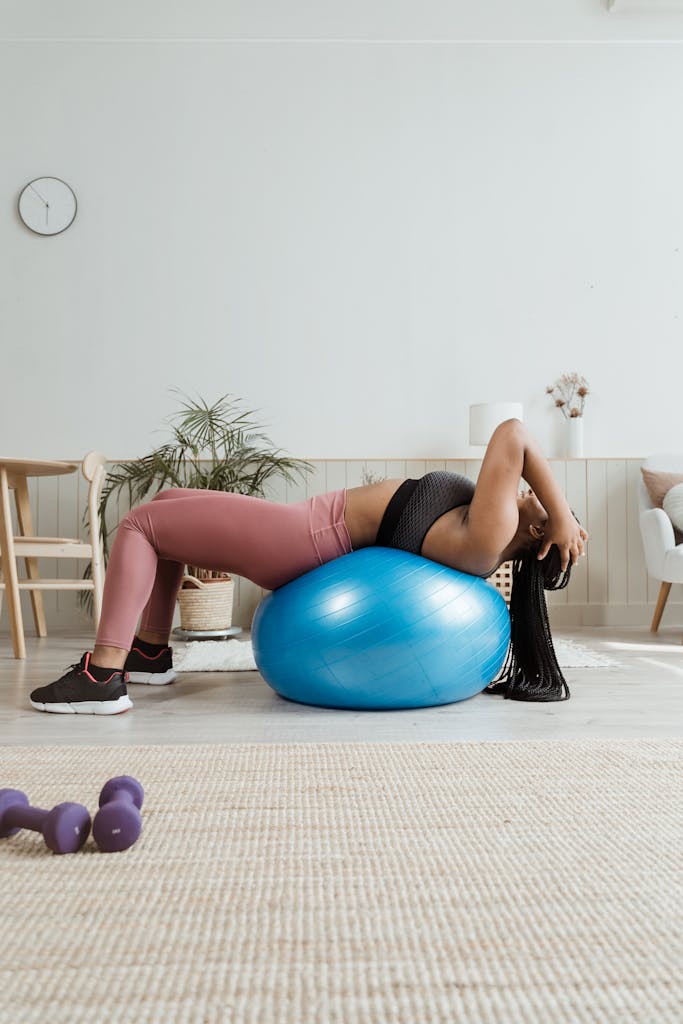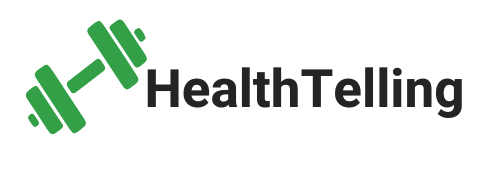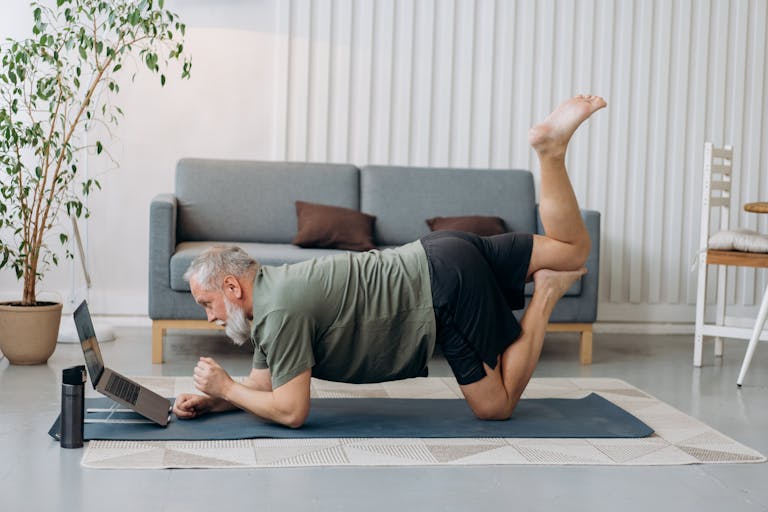More Than Abs: Why a Strong Core Supports Your Back, Balance, and Everyday Strength

When most people think of core workouts, they picture crunches, six-pack abs, or maybe a plank or two tacked onto the end of a workout. But your core is so much more than a vanity muscle—it’s the foundation of how you move, stand, sit, and protect your spine.
Whether you’re lifting weights, carrying groceries, getting out of bed, or simply sitting upright at a desk, your core is working. Strengthening it can help reduce back pain, improve posture, enhance stability, and prevent injury—all without needing to do a single crunch.
In this article, we’ll break down what your core actually is, why it matters for long-term mobility and health, and how to train it in ways that support your everyday life.
What Is Your Core, Really?
Your core isn’t just your abs. It’s a group of muscles that wraps around your entire midsection—front, back, and sides—acting like a natural brace for your spine and torso.
These muscles include:
- Rectus abdominis: the “six-pack” muscles on the front of your stomach
- Transverse abdominis: deep muscles that act like a corset, stabilizing your spine
- Obliques: side muscles that control twisting and lateral movement
- Multifidus and erector spinae: muscles along the spine that support posture and extension
- Pelvic floor muscles: responsible for bladder control and core integration
- Diaphragm: plays a key role in breathing and intra-abdominal pressure
Your core connects your upper and lower body and helps transfer force between them. Whether you’re walking, lifting, reaching, or twisting, it’s working behind the scenes.
Why Core Strength Is More Than Just Aesthetic
Let’s be clear: visible abs are not the same thing as core strength. You can have a “flat stomach” and still struggle with back pain or poor posture. Functional core strength is about control, stability, and endurance—not appearance.
Here’s why that matters:
1. Protects Your Spine and Prevents Back Pain
One of the core’s primary jobs is to support your spine and resist excessive movement that could strain it.
If your core muscles are weak or underactive, other areas—like your lower back, hips, or shoulders—often compensate. This can lead to overuse injuries or chronic pain, especially in the lumbar spine.
The science: Studies have shown that people with chronic low back pain often have delayed or weak activation of their deep core stabilizers—especially the transverse abdominis and multifidus.
2. Improves Posture and Reduces Tension
A strong core helps you maintain upright, aligned posture whether you’re sitting at a desk, standing in line, or carrying something heavy. It keeps your spine from collapsing and your shoulders from rounding.
With better alignment, you’re less likely to experience tension headaches, neck pain, or tightness in your upper back and shoulders.
3. Enhances Balance and Coordination
Your core is the control center for your balance. It helps stabilize your body when you move through space—whether you’re walking on uneven ground, climbing stairs, or reaching for something overhead.
For older adults, core training is a key part of fall prevention. For athletes, it supports explosive, controlled movement.
4. Improves Functional Strength
From getting up off the floor to rotating while driving, your core is involved in nearly every functional movement you make throughout the day.
Building strength here translates to:
- Easier movement and mobility
- Safer lifting mechanics
- Reduced injury risk when exercising or doing daily tasks
5. Supports Better Breathing and Pelvic Floor Function
Deep core muscles work with your diaphragm and pelvic floor to create pressure, stability, and fluid movement.
This improves:
- Breathing efficiency
- Bladder control
- Core engagement during workouts
Signs Your Core Could Use More Attention
You don’t have to be in pain to benefit from core training—but these signs might mean your core isn’t firing optimally:
- Recurring low back tightness or pain
- Poor posture or rounded shoulders when sitting
- Trouble balancing during one-legged exercises
- Difficulty performing movements like squats or deadlifts with control
- Feeling unstable or “wobbly” when walking, especially on uneven surfaces
- Shallow breathing patterns during exercise
The good news: core strength can be rebuilt with the right kinds of movement—and you don’t need to spend hours doing it.
5 Functional Core Exercises to Build Real Strength
Forget endless crunches. These exercises target the deeper, stabilizing muscles that support everyday movement and spinal health.
1. Dead Bug
Targets: Deep core, spinal stability
- Lie on your back, knees bent at 90 degrees, arms up
- Slowly lower opposite arm and leg toward the floor
- Keep your low back pressed into the ground
- Return to center and switch sides
- 6–8 reps per side
2. Bird Dog
Targets: Lower back, glutes, core coordination
- Start on hands and knees, spine neutral
- Extend one arm and the opposite leg
- Hold for 3–5 seconds, then return
- Avoid twisting or leaning
- 6–10 reps per side
3. Forearm Plank (Modified as Needed)
Targets: Transverse abdominis, shoulders, full-body tension
- Start on forearms and knees or toes
- Keep your spine neutral and glutes slightly engaged
- Hold for 20–45 seconds
- Focus on breathing—not just holding your breath
4. Glute Bridge
Targets: Core, glutes, pelvic control
- Lie on your back, knees bent, feet flat
- Press through heels and lift hips
- Hold at the top for 3 seconds, then lower
- Avoid arching the back or flaring the ribs
- 10–12 reps
5. Side Plank (Knee or Full)
Targets: Obliques, shoulder stability, posture
- Lie on your side, elbow under shoulder
- Lift hips, forming a straight line from shoulder to knee or foot
- Hold for 20–30 seconds per side
- Keep your neck relaxed and chest open
How to Incorporate Core Training Into Your Routine
You don’t need to dedicate an entire workout to core every day. A few smart strategies:
- Add 2–3 core exercises to your warm-up or cooldown
- Do a short core finisher at the end of your workout (5–10 minutes)
- Focus on core engagement during other exercises (like squats, pushups, or rows)
- Train core 3–4 times per week for best results
And remember—quality over quantity. It’s better to do 6 slow, controlled dead bugs than 50 fast crunches with poor form.
Building Core Awareness in Daily Life
You can train your core outside of the gym too. Try this:
- When sitting or standing, gently engage your lower abdominals by imagining you’re zipping up tight jeans
- As you lift something, exhale and brace your core to protect your back
- When walking, pay attention to posture: ribs over hips, shoulders relaxed
- Use breath as a cue: inhale to expand, exhale to stabilize
The more aware you become of your midsection, the more you’ll notice how often it’s involved—and how much better things feel when it’s strong and active.
Bringing It All Together
Your core isn’t just about looking fit—it’s about feeling capable, steady, and strong in your everyday life. From reducing back pain to improving posture and movement, core strength is one of the most valuable investments you can make in your long-term health.
Start small. Start smart. And know that even a few minutes of intentional training can make a big difference—whether you’re exercising, chasing kids, lifting groceries, or simply getting through your day with less strain.
You don’t need six-pack abs to have a strong core. You just need consistency, control, and a willingness to move with more purpose.






